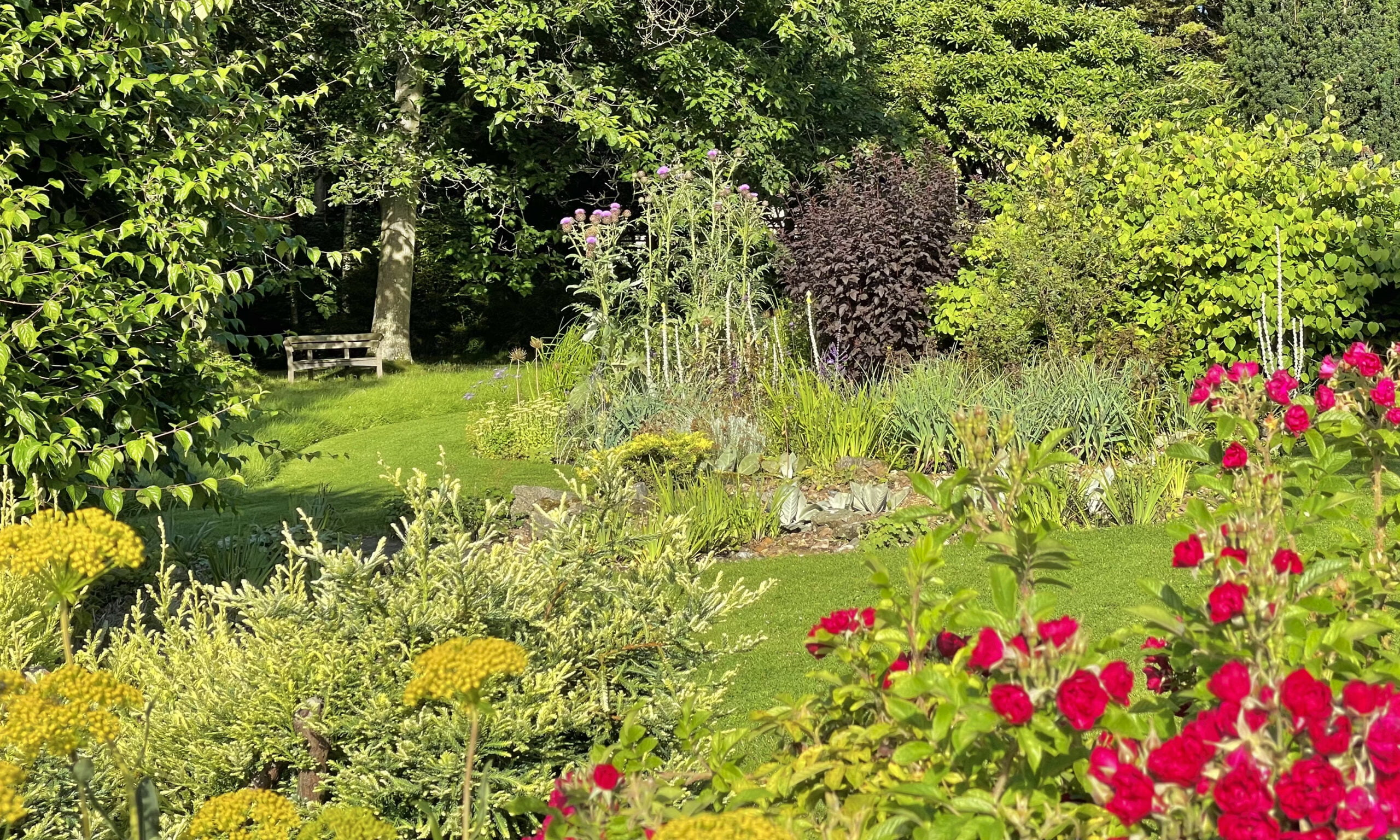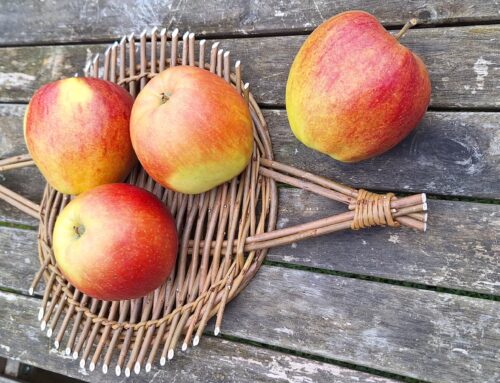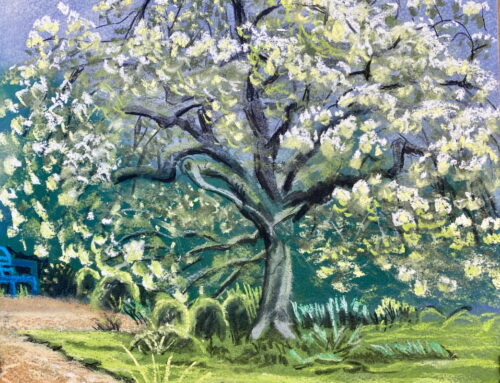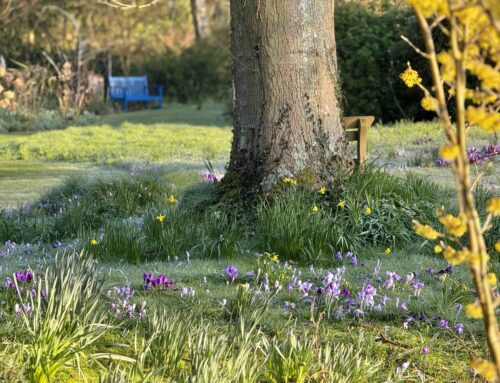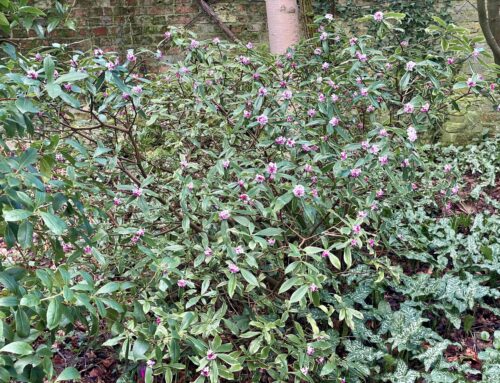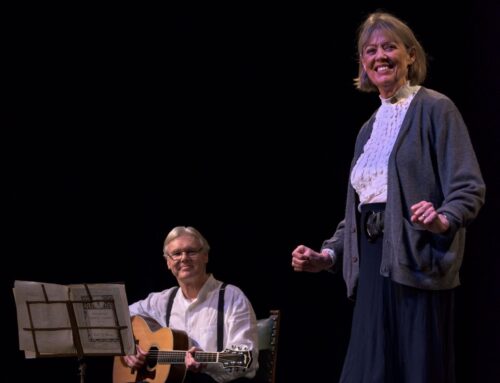‘One of the hardest things for a gardener to do is to pause in the cultivation of plants long enough to take stock of the lie of your own land. Even a new garden owner cannot wait to rush out, buy plants and get them in the ground. There is a misconception that a garden is a collection of growing things alone, and that the sooner that we start establishing them to achieve some non-focused end result, the quicker we will achieve ‘a garden’. However, it’s worth stopping for a moment to resolve what it is you want from your land tomorrow, next year and five years on.’
John Brookes
How to Design a Garden
https://www.denmans.org/the-book/
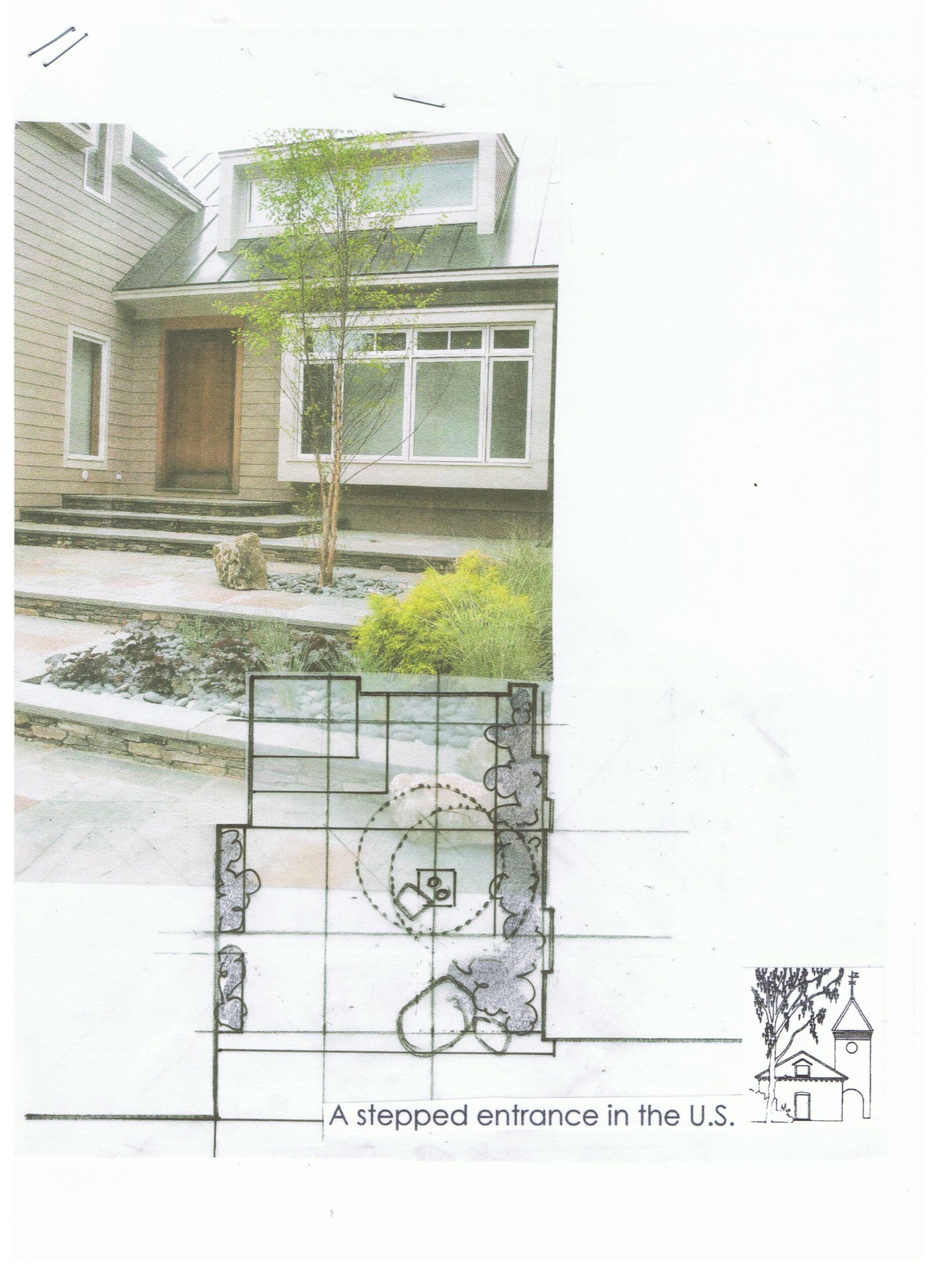
In designing this stepped entrance to a country house in New York State, John specified that a heating system be incorporated under the paving to help reduce the need to shovel the snow and salt the ice that are inevitable during long New York winters.
As a designer, John always advised his clients and his students that a garden is more than just a collection of plants. As he was famous for saying, plants were always the last thing he thought about when he was designing a garden. The first thing he took into account was what his clients wanted and needed from their gardens. Then it was about the site, the local vernacular, the budget, and so on. Though the gardens he designed were stunningly beautiful, they were always rooted in reality and practicality. John proved that beauty and practicality are not mutually exclusive.
And so, this August we are taking stock and thinking about what we want to achieve at Denmans, both in the short and long terms.
Our long-term goal, of course, is to renovate and restore the garden. We also must develop a long-term conservation plan that will guide those who follow us, and this will entail reviewing photos and writings by both John Brookes and Mrs. Robinson as well as by other writers who wrote about the garden over the years.
In the short term, we are thinking about what to do for the next 6-18 months and in so doing, we are setting priorities that are based on the amount of time each project will take as well as their costs and how much labour will be required.
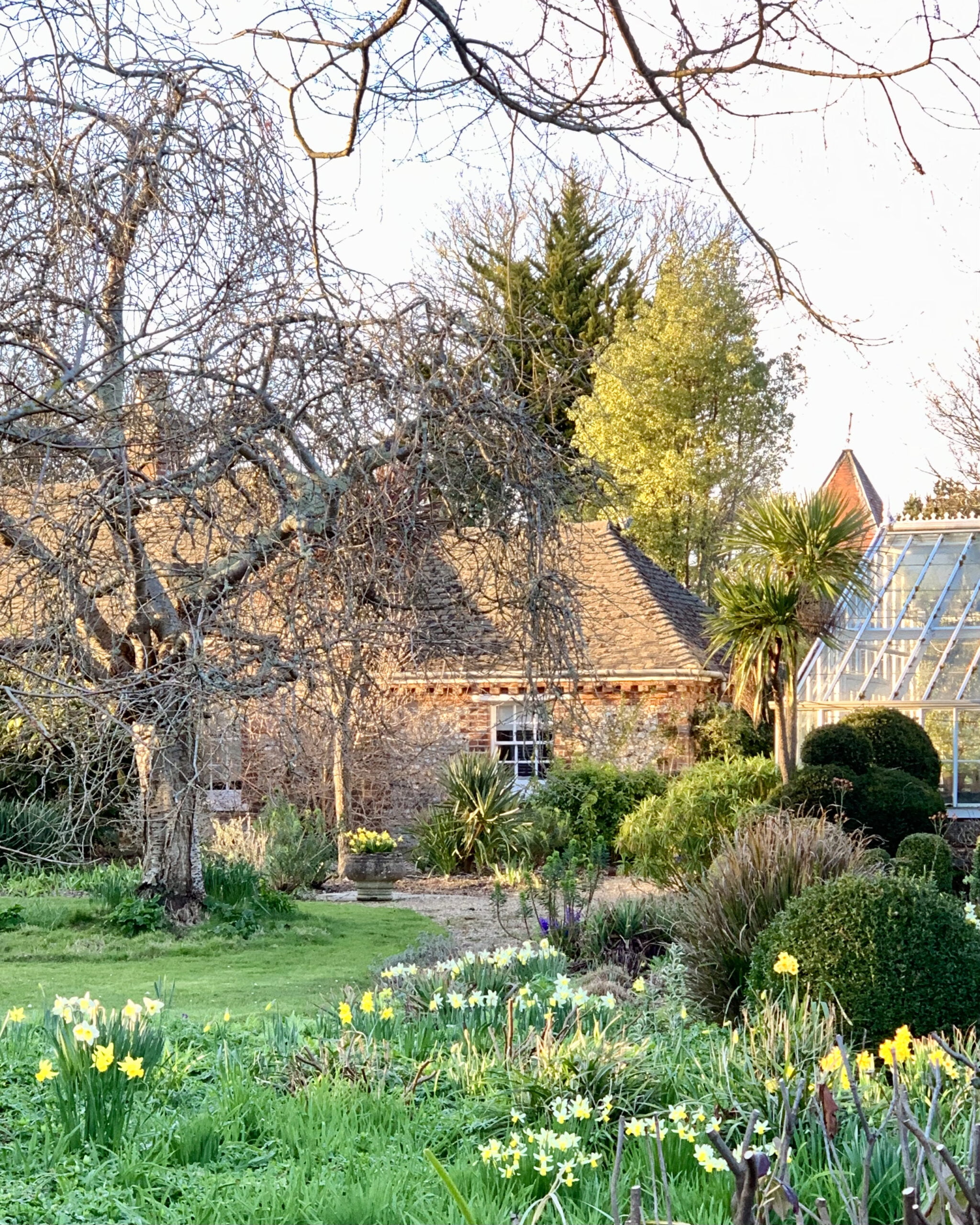
Planting bulbs is always tempting but the labour, time, and cost of other autumn projects should be taken into account before you place your bulb order.
For instance, like most gardeners, we can’t wait to put more bulbs in the garden, but aside from cost, it will be important to know how much gardener time we have available while simultaneously we are cleaning up autumn leaves and working on the planting phase of the gravel garden restoration project we have scheduled. Maintenance and ambitious plans must be balanced!
As we think about the gravel garden restoration, we will be planning the plantings based on a 1983 plant list that we have in our archives with an eye to how the climate has changed (and may continue to change) in the last 38 years. We will take into account how much maintenance the new plantings will require both in the first year and once they are established, just as John and Mrs. Robinson did.
We are also expanding our composting efforts this fall to help ensure we have a good source of peat-free mulch to hand to keep down weeds, retain moisture, and keep the soil friable. This will require building compost pits that are accessible to different parts of the garden.
Other projects on the list including cutting back more of the overgrown plants on the property, developing the Nut Walk along Denmans Lane, and curating other areas of the garden must be balanced against basic ongoing maintenance to ensure we don’t bite off more than we can chew.
We have accomplished an enormous amount in the past three and a half years and want to continue in a sustainable and thoughtful way – just as every gardener should do!

